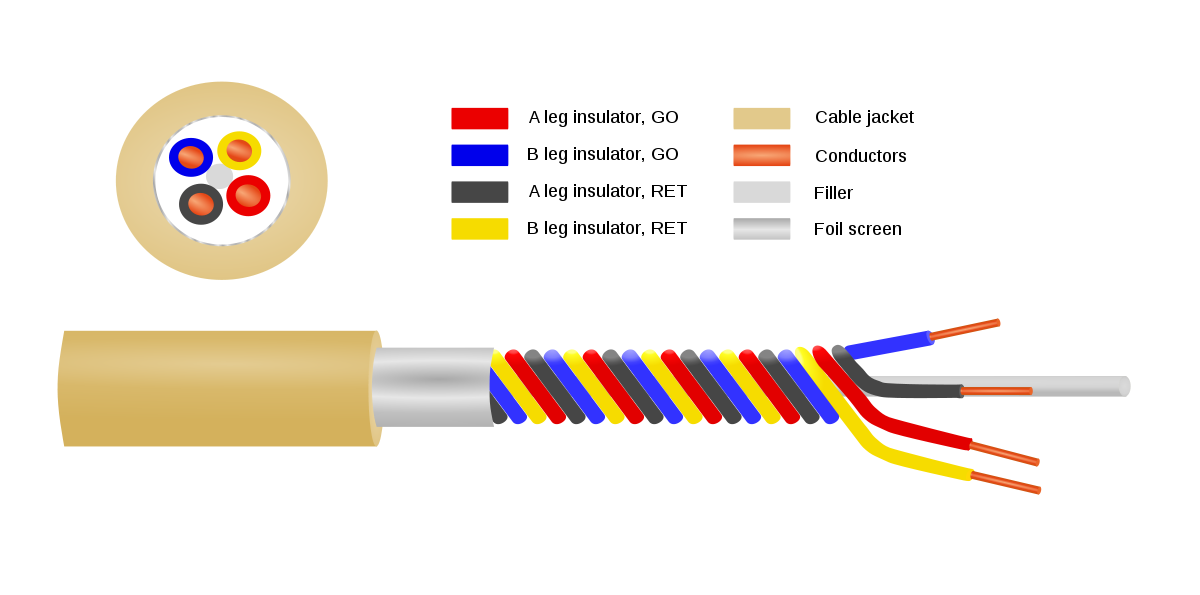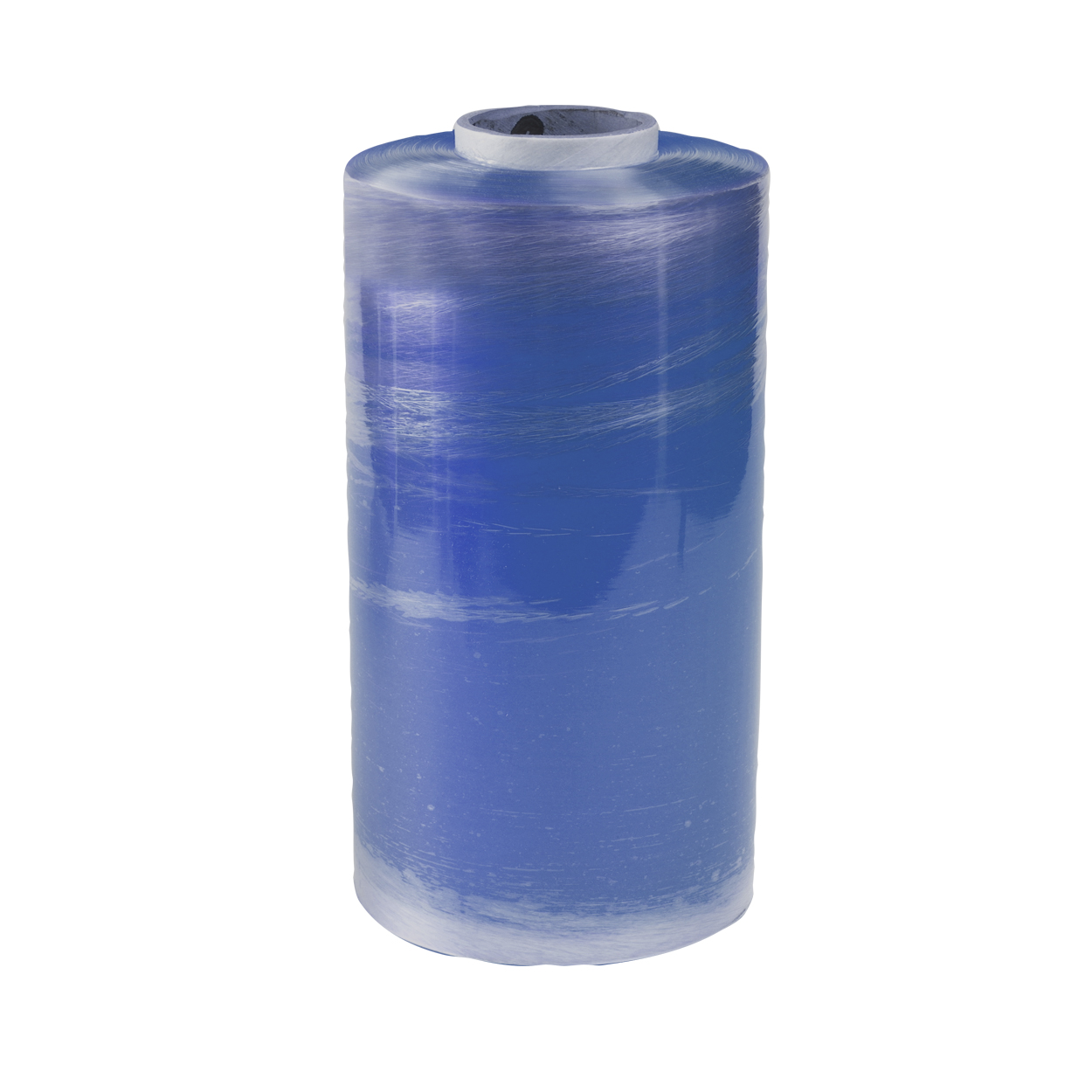Hi everyone! I hope you're all well.
I'm going to get a pair of RCA interconnects for my CD player to Integrated Amp, and I stumbled upon a few major types of cable structures:
1. Coaxial with shield and single central conductor (eg. Oyaide FTVS-510, just an example, not saying I'm eyeing this particular cable)
2. Coaxial with shield and a pair of central conductors (eg. Oyaide FTVS-910)
3. Twisted pair of conductors with a shield (eg. Grimm TPR)
4. Pair of conductors each in its PVC sheath running parallel
For (1), if I terminate the central conductor (+) to the central RCA pin and the shield (-) to the sleeve, does it mean that the shield is simply just a negative wire and not performing as a shield, and is thus no different from (4)?
If I use (2) or (3), I would terminate one conductor to the RCA tip and the other conductor the the sleeve, and I still have a shield which I can connect in a floating manner to the source end.
I have read that 2/ 3 are for making balanced cables and 1/ 4 are for single-ended, but I couldn't find any answers as to how the shield of the single-conductor coaxial cable (1) could still work when used as the negative wire with both ends terminated to the RCA plug sleeve.
Thanks!
I'm going to get a pair of RCA interconnects for my CD player to Integrated Amp, and I stumbled upon a few major types of cable structures:
1. Coaxial with shield and single central conductor (eg. Oyaide FTVS-510, just an example, not saying I'm eyeing this particular cable)
2. Coaxial with shield and a pair of central conductors (eg. Oyaide FTVS-910)
3. Twisted pair of conductors with a shield (eg. Grimm TPR)
4. Pair of conductors each in its PVC sheath running parallel
For (1), if I terminate the central conductor (+) to the central RCA pin and the shield (-) to the sleeve, does it mean that the shield is simply just a negative wire and not performing as a shield, and is thus no different from (4)?
If I use (2) or (3), I would terminate one conductor to the RCA tip and the other conductor the the sleeve, and I still have a shield which I can connect in a floating manner to the source end.
I have read that 2/ 3 are for making balanced cables and 1/ 4 are for single-ended, but I couldn't find any answers as to how the shield of the single-conductor coaxial cable (1) could still work when used as the negative wire with both ends terminated to the RCA plug sleeve.
Thanks!





